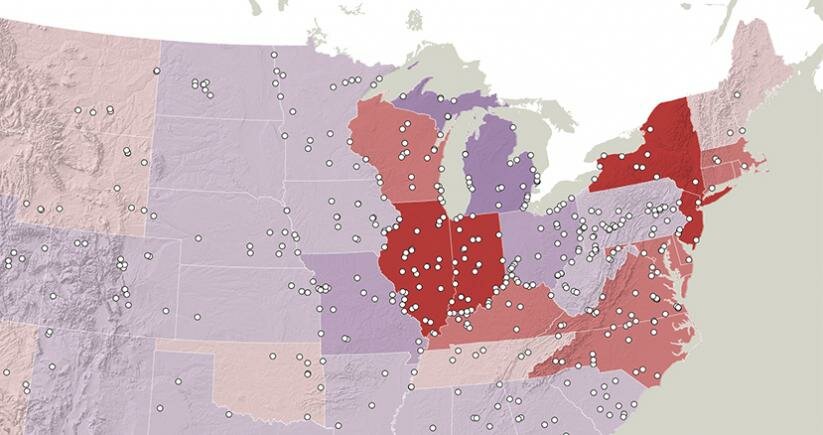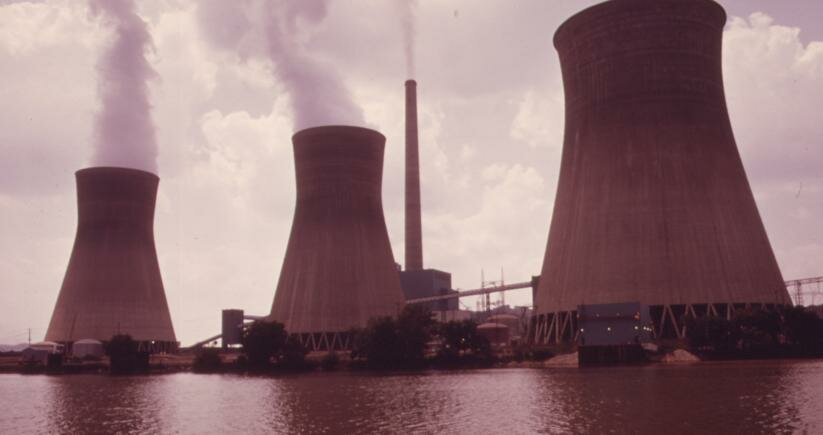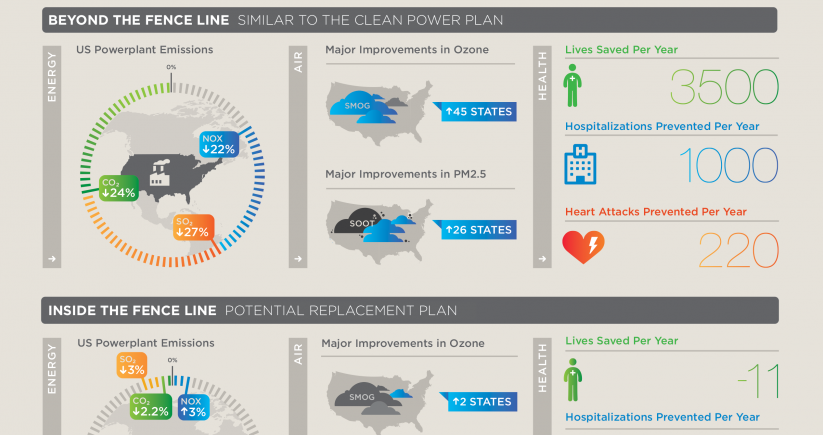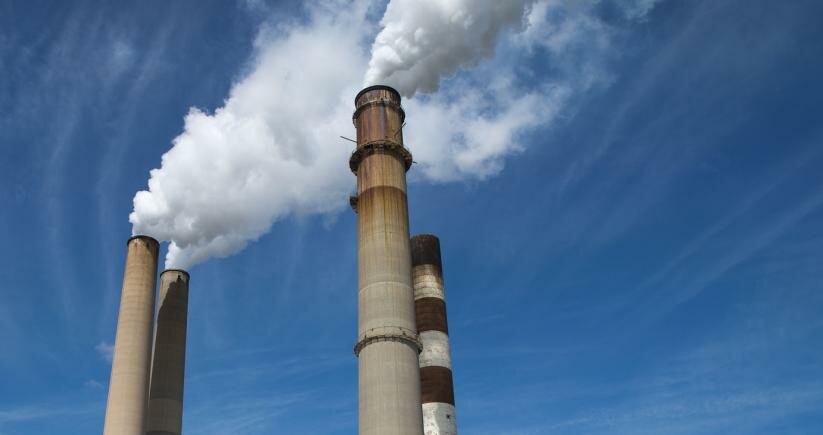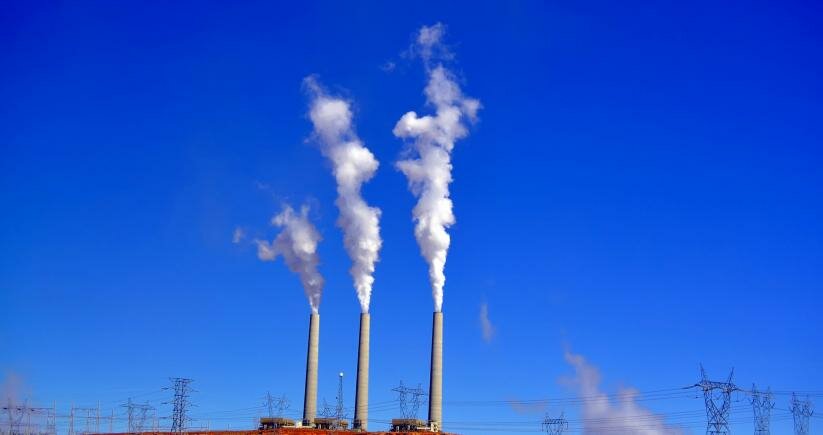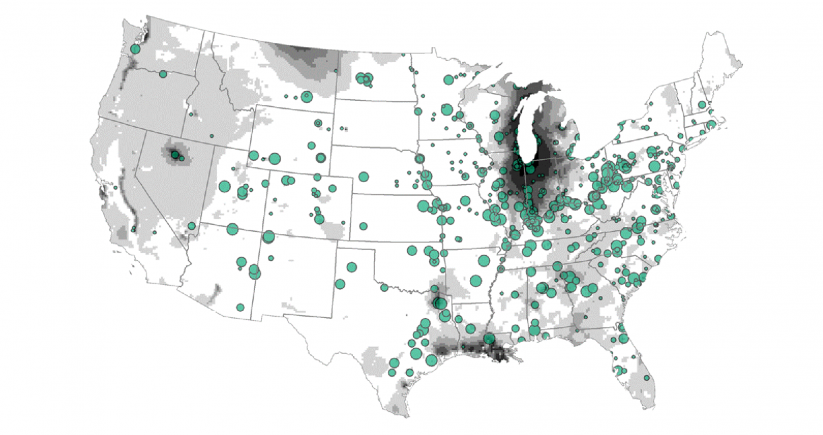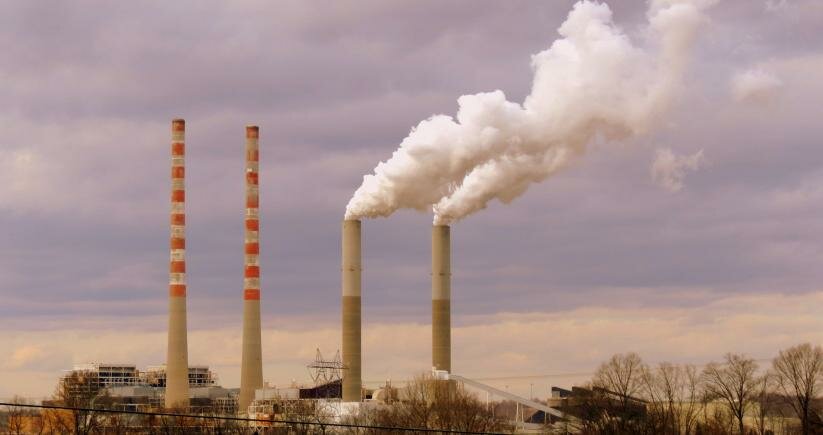
Projects

|

|
|
Air Quality and Health |
|
Economic Benefits |
|
Policies that reduce carbon dioxide emissions from power plants can also reduce emissions of harmful co-pollutants, preventing thousands of premature deaths and illnesses each year in the US. |
Policies that reduce power sector emissions and improve air quality generate health and economic benefits that outweigh costs at regional and national scales. |
|
|
|
||

|

|
|
Trees and Crops |
|
Urban Benefits |
|
Power plant carbon standards would improve yields of important crops including corn and soybeans as well as several tree species, by relieving plants from ozone pollution which impedes productivity. |
41 million people in large US cities would gain cleaner air and health benefits if a strong carbon standard were implemented. Our team is calculating additional benefits of climate policies, and costs of inaction. |
Our Idea
Accelerate Climate Action by Demonstrating the Benefits of Clean Energy
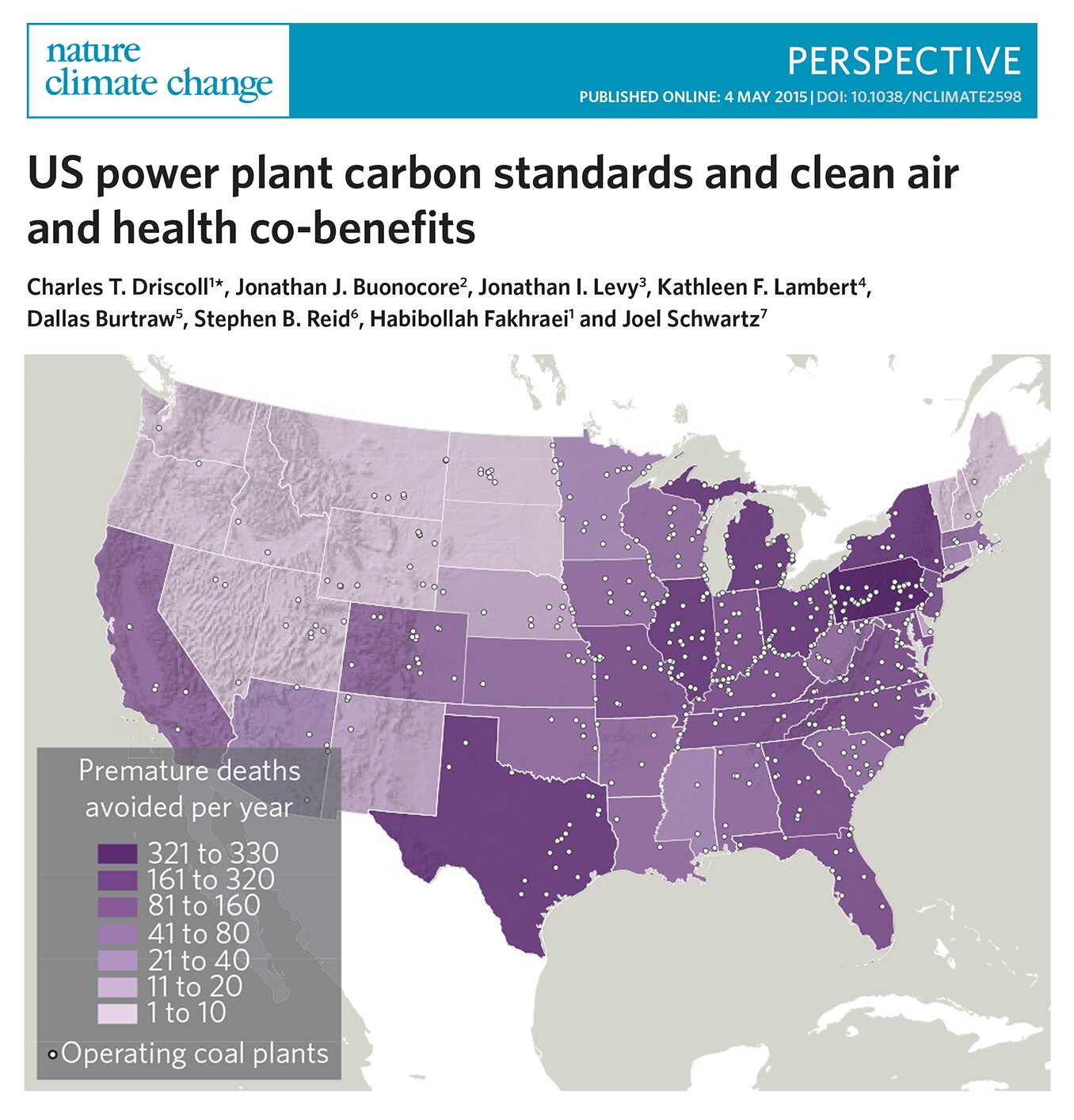
|
The Science Policy Exchange is shifting the public discourse from a debate about the existence and impacts of climate change to a focus on the positive health, ecosystem, and economic benefits of policy action. In 2013, we brought together top scientists to estimate the co-benefits of U.S. power plant carbon standards for people and the environment. The results demonstrate that strong carbon standards can change the power sector in ways that yield substantial air quality and health benefits in communities across the U.S. The results also show that the economic value of these benefits outweighs the costs nationally and regionally. We are bringing this approach to cities and states to motivate science-based climate policy by demonstrating what communities can gain from local action. |
Our Impact
Motivating Action with Science Communication
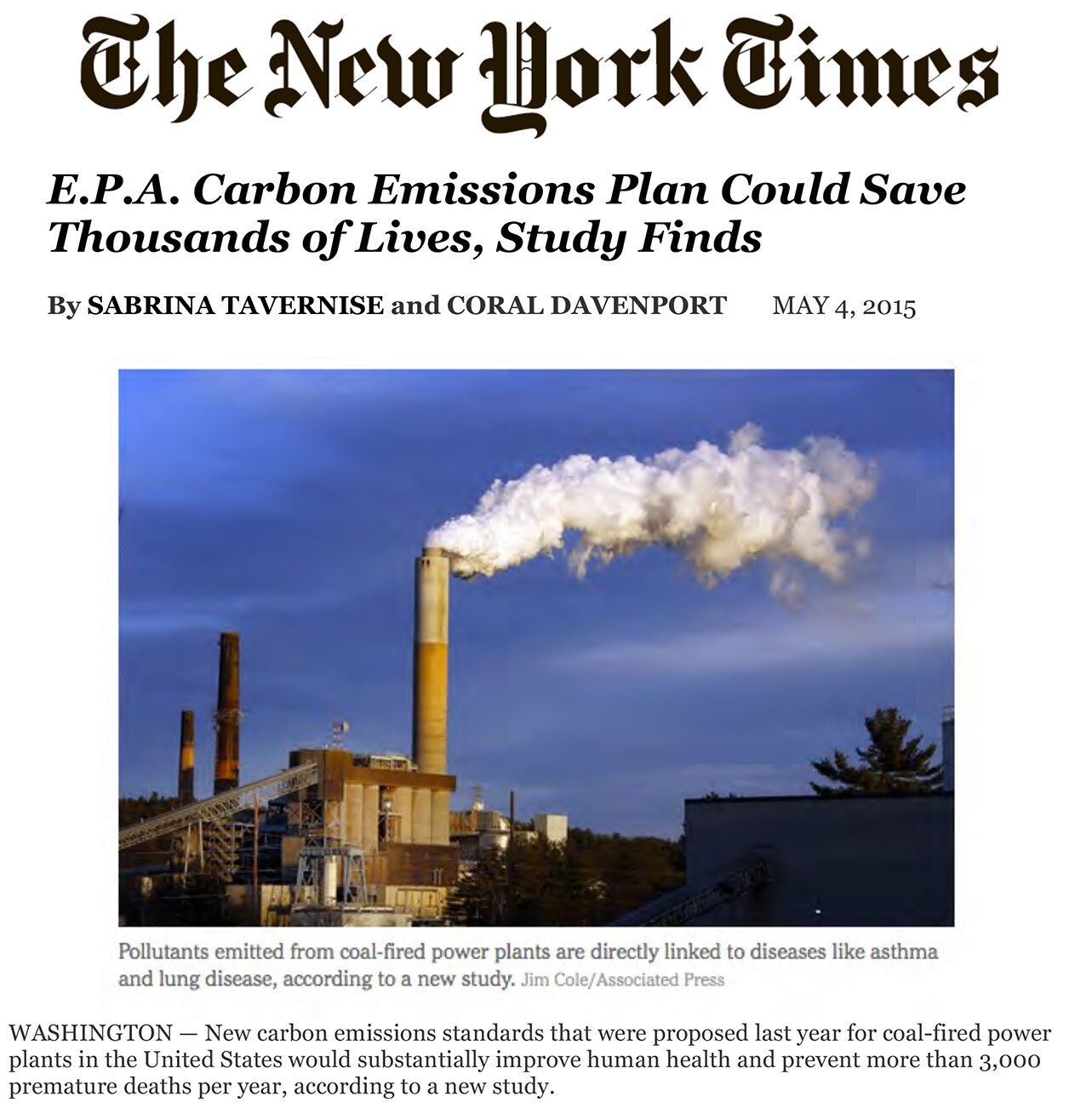
|
The Science Policy Exchange is putting our benefits research to work for smarter public policy through a strategic science impact campaign. We teamed up with policy experts, communication professionals, and graphic designers to connect science with action through outreach and communication. Through a successful outreach campaign with 30 events nationwide, SPE has earned 600+ unique news stories in mainstream media outlets, reached 50,000 twitter users, and received social media posts by members of Congress and senior White House officials under the Obama Administration. Our work to communicate policy relevant science for climate and energy policy is an important start that we are building on by mapping and communicating the benefits of action by cities and states. |

